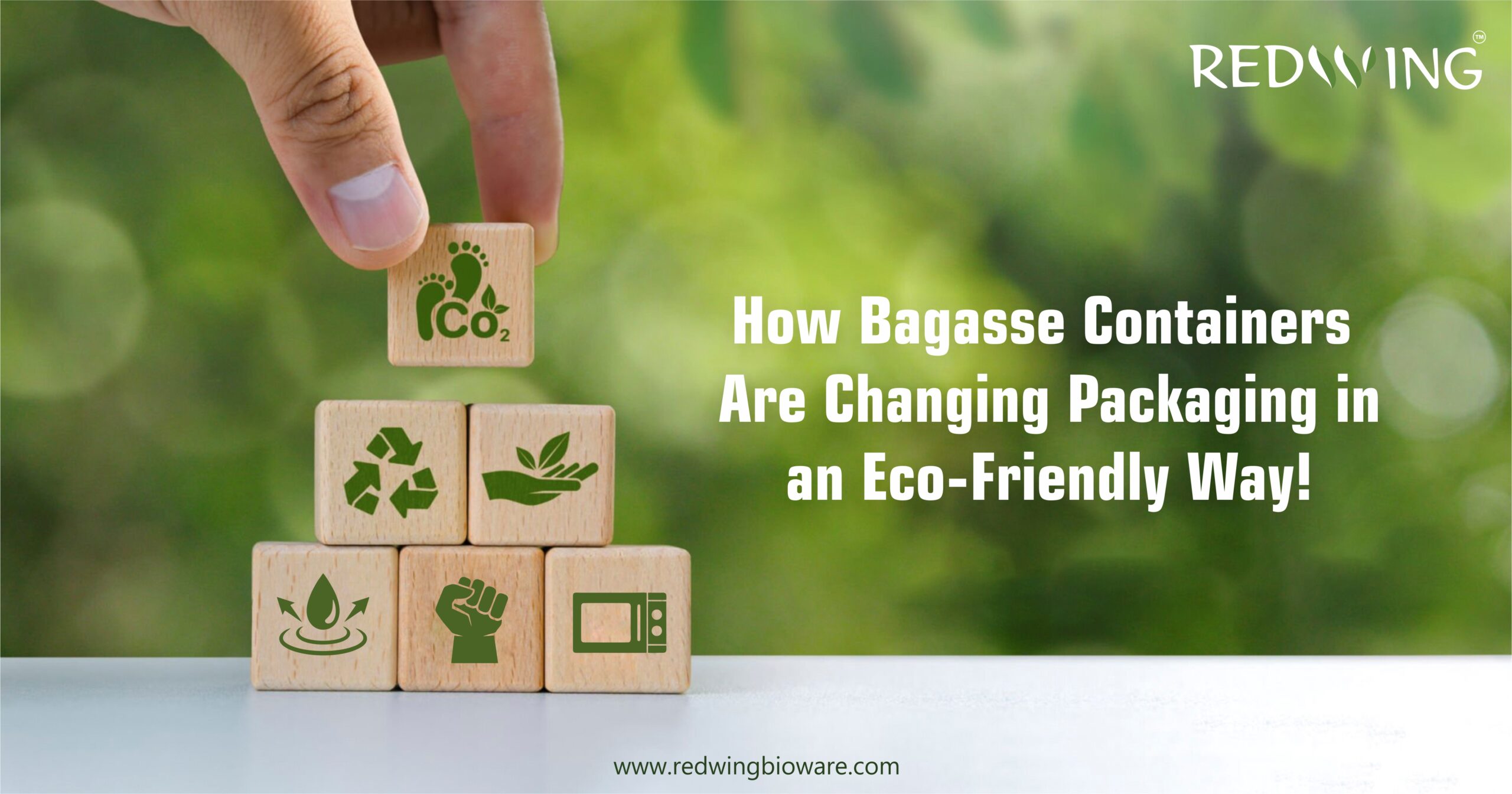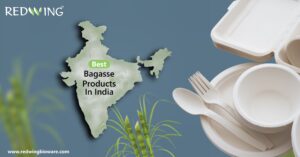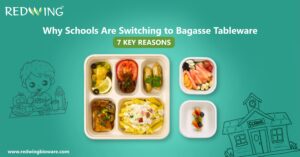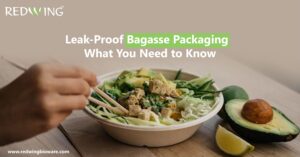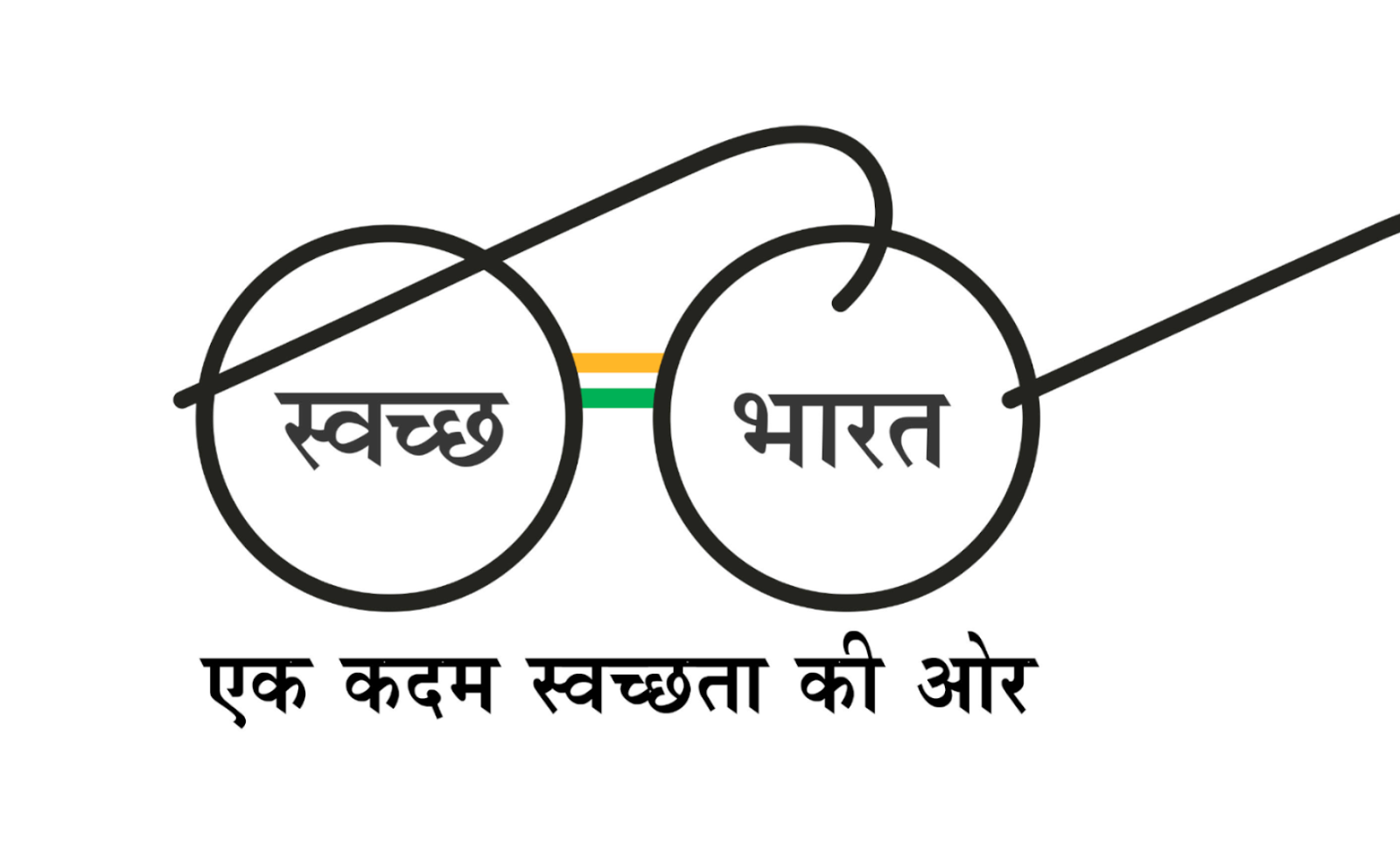Concern over the effects of packaging materials, especially single-use plastics, on the environment, has grown in recent years. Bagasse Containers are gaining popularity due to the shift towards more sustainable options.
Sugarcane is the source of bagasse. Previously discarded as waste, it is now being used to create environmentally friendly packaging containers. There are several significant ways in which this switch to bagasse is altering the landscape of environmentally friendly packaging. Let’s examine why it’s so fantastic:
Eco-Friendly Material
A sustainable substitute for conventional packaging materials is bagasse, a fibrous by-product of sugarcane processing.
Decreased Environmental Impact
Bagasse is renewable and breaks down far more quickly than non-renewable fossil fuels, which greatly reduces its environmental impact.
Practicality and Flexibility
Because bagasse containers are available in a variety of sizes and forms, they can be used for a variety of packing applications, including lunches, picnics, and takeaways.
Sturdy and Long-Lasting
Bagasse containers are ideal for serving hot and cold food as well as storing leftovers because they can tolerate extremes of temperature without breaking down or leaking.
Renewable
Because bagasse containers are compostable, they can be disposed of at facilities that process them to produce organic matter that improves the soil.
Bagasse Containers: What Are They?
Sugarcane bagasse, the fibrous waste left over after sugarcane juice is extracted, is used to create eco-friendly, biodegradable food packaging goods known as sugarcane bagasse products or bagasse containers. Because they are sustainable and biodegradable, these containers are an excellent substitute for plastic and Styrofoam items.
Important Characteristics of Bagasse Containers
-
- Material: Made from the natural, renewable, and recyclable pulp of sugarcane.
-
- Effectiveness: Suitable for both hot and cold food products, they are robust, sturdy, and resistant to heat, oil, and liquids.
-
- Eco-friendly: completely compostable, they break down in 60 to 90 days in an industrial composting setting without leaving any toxic waste behind.
-
- Applications: Frequently utilized in restaurants, catering services, and events for meal service, food storage, and takeaway packaging.
-
- Health-Safe: Contains no plastic additives or dangerous chemicals like BPA, guaranteeing safe food storage.
Bagasse Container Varieties
Containers for Takeaway :
Takeaway containers are made of bagasse and come in square or rectangular shapes. They are made especially to package meals for delivery, takeaway, or leftovers. Usually, they have tight-fitting lids to stop spills and keep food fresh while being transported.
Qualities
-
- Robust design to safely store a range of food products.
-
- Design that prevents leaks to stop liquids or sauces from escaping.
-
- Safe for both the microwave and the freezer, leftover food may be
stored and reheated with ease.
- Safe for both the microwave and the freezer, leftover food may be
-
- Available in a range of sizes to suit different dish types and portion quantities.
-
- Manufactured from renewable sugarcane fibers, making them an environmentally beneficial substitute for conventional plastic takeaway containers.
Containers with Cam Shells :
Clamshell containers, sometimes referred to as hinged-lid containers, have a clamshell shape and a hinged lid that makes opening and closing simple. Sandwiches, salads, and dinners are among the frequently served hot or cold foods in these containers while on the go.
Qualities
-
- They are perfect for outdoor gatherings, meal delivery, and take away because of their portable and convenient form.
-
- Food is kept fresh and spills are avoided thanks to the hinged lids secure sealing.
-
- Robust design to resist handling while being transported.
-
- Heat-resistant qualities that allow hot food to be served without warping or deforming.
-
- Biodegradable and compostable, they provide a sustainable substitute for single-use plastic containers.
For food service businesses catering companies, and consumers wishing to lessen their environmental effects while still enjoying the convenience of takeout, these two types of bagasse containers offer flexible and Eco-friendly packaging options.
In conclusion
Bagasse containers are transforming environmentally friendly packaging by providing a useful, adaptable, and sustainable substitute for conventional plastic containers. Businesses and consumers can lessen their environmental effects and help create a more sustainable and greener future by using bagasse containers.
Therefore, using bagasse containers is an easy method to have a large impact, whether you’re a restaurant owner, a mom packing school lunches, or just someone who cares about the environment. Businesses like Ecolates are setting the standard by providing premium, environmentally responsible solutions for all of your food packaging requirements.
A substance is considered eco-friendly if it is recyclable, biodegradable, or sustainable, derived from renewable resources, and has a low lifetime environmental impact. Bamboo, sugarcane bagasse, and recycled paper are a few examples.
Bagasse containers repurpose agricultural waste into environmentally friendly packaging by using the sugarcane fiber that remains after juice extraction.
Unlike plastic, which takes centuries to degrade, they are non-toxic, break down in 90 days, and do not affect the environment.
Bagasse containers are safe to use in freezers and microwaves and can withstand high temperatures.
The food service, catering, and takeout sectors gain from using eco-friendly, sustainable substitutes for plastic and Styrofoam.

